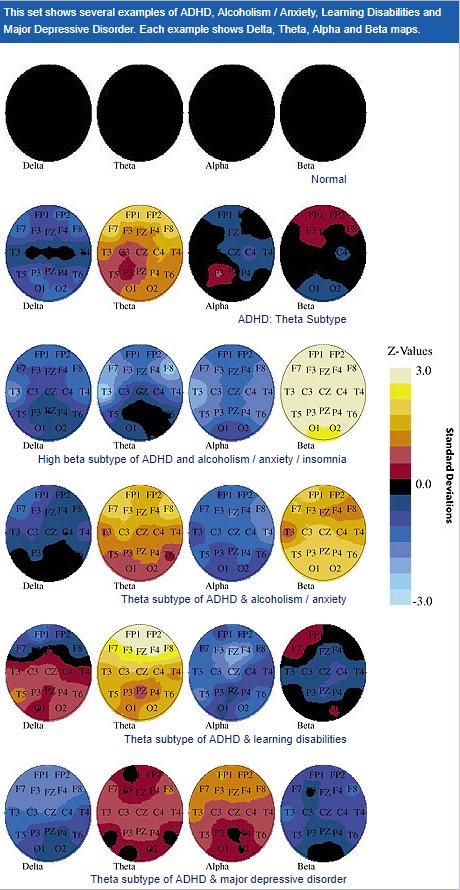Revealing the Mysteries of the Brain Through qEEG Brain Mapping Techniques in Mental Wellness Evaluation
Revealing the Mysteries of the Brain Through qEEG Brain Mapping Techniques in Mental Wellness Evaluation
Blog Article
Understanding the individual brain is a complex task, especially when it comes to mental health. Traditional methods of evaluation frequently rely on conversations and surveys, which can sometimes overlook important aspects about how the brain functions. This is where quantitative brainwave analysis, or qEEG, enters into play. qEEG is a specific method that assesses electrical activity in the brain. By examining these brainwaves, psychological health experts can gain valuable insights into a person's psychological condition, aiding to improve diagnosis and treatment.
qEEG functions by applying small sensors on the scalp to capture neural activity. These sensors measure electrical signals produced by neurons, the cells in the brain that communicate with one another. The data collected is then analyzed and presented as a set of patterns. Each kind of neural wave—such as alpha, beta, delta, and theta—corresponds to various psychological conditions and activities. For instance, α waves are often linked with relaxation, while β oscillations are associated to active thinking and issue resolution. By analyzing these trends, clinicians can detect irregularities that may indicate mental health issues.
One of the major advantages of qEEG navigate to this site is its ability to offer unbiased data. Unlike traditional assessments that rely on subjective reports from clients, qEEG provides a distinct picture of brain function. This clarity can assist reduce biases in assessment and result to more accurate intervention strategies. For example, if a patient is facing stress, qEEG can show particular patterns of brain activity that are linked with anxiety disorders. This information enables psychological health experts to tailor interventions more effectively, whether through counseling, pharmaceuticals, or alternative treatments.
Additionally, qEEG can be particularly useful in monitoring treatment progress. By performing qEEG evaluations at various stages during treatment, healthcare providers can track changes in neural function over period. This continuous assessment assists ascertain if a treatment is effective or if adjustments are needed. For instance, if a client is not reacting to a specific treatment, qEEG may indicate that their brain activity has not changed in a way that indicates improvement. This feedback loop can lead to more customized and effective psychological health care.
In conclusion, qEEG brain mapping is a powerful tool in the field of mental health assessment. By providing objective data about brain function, it improves the understanding of different psychological health disorders. This method not only assists in precise assessment but also assists in tracking intervention success. As psychological health experts persist to investigate the capabilities of qEEG, it holds potential for enhancing the well-being of individuals facing mental health challenges. With ongoing investigation and progress in techniques, the secrets of the brain may turn more apparent, leading to better results for those in need of assistance.